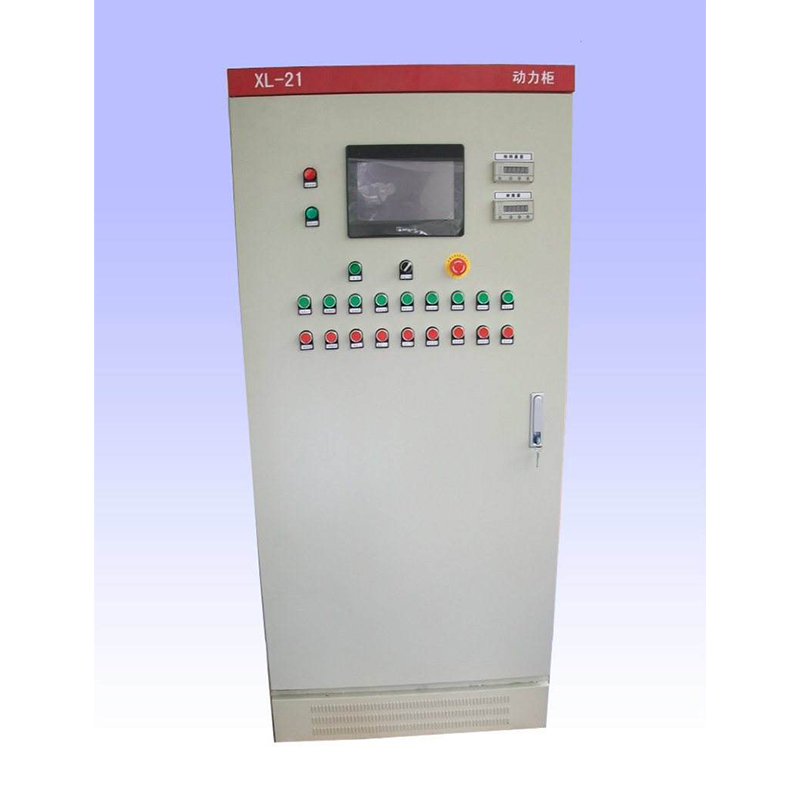
Sep . 05, 2024 12:12
Back to list
Gas Pressure Reducing Valve - Enhance Safety and Control
Understanding Gas Pressure Reducing Valves
Gas pressure reducing valves (PRVs) play a crucial role in fluid control systems by regulating the pressure of gas across various applications. These devices are essential in ensuring safety, efficiency, and reliability in a wide range of industrial and residential applications. By controlling the downstream pressure to a desired setpoint, PRVs prevent potential hazards associated with excessive pressure, including equipment damage, gas leaks, or even explosions.
How Do Gas Pressure Reducing Valves Work?
A gas pressure reducing valve operates by accepting high-pressure gas from a supply line and automatically adjusting the flow to maintain a predetermined lower pressure in the delivery line. The primary components of a PRV include the body, diaphragm, spring, and adjustment mechanism.
1. Inlet Pressure The gas enters the valve at a high pressure. 2. Regulatory Mechanism Inside the valve, the diaphragm responds to the varying pressures. As the inlet pressure drops or rises, the diaphragm moves to either allow more gas through or restrict the flow, maintaining the desired downstream pressure. 3. Adjustment Operators can set the output pressure through an adjustable spring mechanism that tensions or relaxes based on the required setpoint.
The efficiency of a PRV is determined by its ability to maintain a consistent downstream pressure despite fluctuations in the upstream pressure or variations in the flow demand.
Applications of Gas Pressure Reducing Valves
Gas pressure reducing valves find applications in various industries, including
gas pressure reducing valve

- Natural Gas Distribution PRVs are crucial in natural gas pipelines to lower the pressure from transmission levels to the distribution level, ensuring safe delivery to households and businesses. - Industrial Processes Many industrial applications, such as chemical plants and manufacturing facilities, rely on PRVs to control gas pressure in process equipment, ensuring optimal performance and safety.
- HVAC Systems In heating, ventilation, and air conditioning (HVAC) systems, PRVs help regulate the pressure of gases used in combustion systems, maintaining efficiency and preventing backpressure.
- Food and Beverage Many processing facilities within the food and beverage sector use gas for various applications, including powering machinery and processes requiring precise pressure control.
Importance of Maintenance and Safety
Regular maintenance and calibration of gas pressure reducing valves are vital for their effective functioning. Over time, wear and tear can affect the valve's performance, leading to potential hazards. Routine inspections can help identify issues like leaks, corrosion, or improper calibration before they escalate into dangerous situations.
Moreover, safety standards and regulations governing the installation and use of PRVs must be strictly adhered to. Installing a PRV with the appropriate specifications for the gas type and application is crucial. Users should also ensure that the PRV complies with local codes and industry standards to promote safety.
Conclusion
Gas pressure reducing valves are indispensable components in various applications, ensuring safe and efficient gas management. Understanding how these valves operate and their importance in different settings can aid users in selecting the right PRV and maintaining it effectively. Whether in industrial processes or everyday household applications, PRVs contribute significantly to the safe handling of gases, preventing potential risks associated with gas pressure fluctuations. By focusing on proper usage and maintenance, users can enhance the reliability of their gas systems while ensuring compliance with safety regulations.
Latest news
-
Safety Valve Spring-Loaded Design Overpressure ProtectionNewsJul.25,2025
-
Precision Voltage Regulator AC5 Accuracy Grade PerformanceNewsJul.25,2025
-
Natural Gas Pressure Regulating Skid Industrial Pipeline ApplicationsNewsJul.25,2025
-
Natural Gas Filter Stainless Steel Mesh Element DesignNewsJul.25,2025
-
Gas Pressure Regulator Valve Direct-Acting Spring-Loaded DesignNewsJul.25,2025
-
Decompression Equipment Multi-Stage Heat Exchange System DesignNewsJul.25,2025

